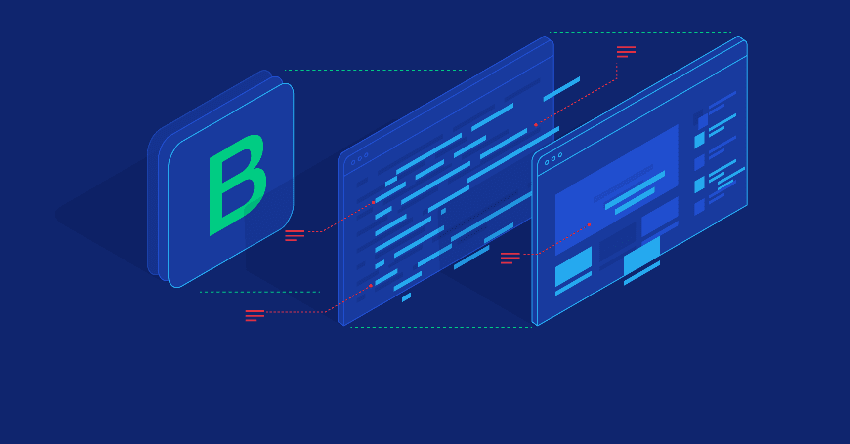Bootstrap local vs. CDN – ways a CDN can speed up a Bootstrap themed website

Does your Bootstrap themed website move fast enough for your users? Speed is one of the most important factors required to keep your users on your website, especially if they visit for the first time.
When you have a Bootstrap themed local website, the chances are that it can use some speed boost. One of the best ways to accomplish that is by using a CDN (Content Delivery Network) to deliver static content to the users faster. CDNs are effective ways to boost page speed and enhance user engagement at the same time.
Here are four ways of using CDN that can help to improve a Bootstrap website.
What is a CDN?
A CDN is a tool that shortens the path taken by information between the user and the servers. Bootstrap websites hosted locally make use of a single server, which can slow down information transfer. CDNs comprise a network of servers located in different locations around the world.
Whenever a user accessed a Bootstrap themed website, the information they are looking for is pulled from the CDN servers closest to the user’s location. This results in a faster flow of data between the servers and the website.
Bootstrap local vs. CDN – the benefits
CDNs deliver faster loading speeds for readers.
A CDN can store content in different formats, which can contribute to faster loading for different users. Because this content is readily available, it is pushed to users faster than would be the case in a local website server.
Files that CDNs can host include JavaScript, images, web fonts, stylesheets, video and audio files, and other file formats like PPT, HTML, PDF, ZIP, and more. As a rule of thumb, any content saved in WP -content and WP-include folders for WordPress can be stored in a CDN server.
When you use CDN on your website, you improve the site's speed, reducing the time taken for information to be requested, retrieved, and sent back to the user. A faster website is important, especially for e-commerce sites, and can work to increase conversion rates. Increasing the speed by 2 seconds can result in as much as a 14% boost in conversions.
CDNs lower the cost of bandwidth.
Because of the way CDNs serve data to users, it consumes less bandwidth across multiple servers. If your hosting is charged based on bandwidth, using CDN is an easy way of reducing your hosting expenditure.
Bandwidth reduction occurs because CDNs use multiple servers to deliver content to users on demand. This reduces the amount of inquiries handled by your main server at any particular time. You can check your hosting plan to see if using a CDN can reduce the cost of hosting.
Improved SEO
Because CDNs improve a website’s loading speed and performance, it improves search engine ranking and search engine optimization. Google gives priority to websites that have faster load times and those that are easy to crawl repeatedly.
The more Google crawls your website, the faster it recognizes content changes and updates. This speedy turnaround for search indexing ensures your content features in search results faster. Generally, content that indexes faster is widely available to users.
All these are part of an SEO cycle that begins with having a healthy Bootstrap website. Sometimes, technical aspects of a website design and framework can influence how easy it is for users to find and consume your web content.
Using a CDN provides an extra layer of security, which helps to mitigate attacks. Combining a CDN with an SSL certificate can also boost the security a notch higher. A well-protected website has better search indexing and ranking.
Handling spikes in traffic
One of the most common issues with Bootstrap local websites is handling a surge in website traffic. It is the dream of website owners for their content to go viral to boost traffic and improve brand awareness. However, is your site ready for a surge in traffic?
CDNs are also ideal when you need to manage website traffic without the site crashing. A large portion of website traffic is static, meaning it is not continually changing. A CDN ensures that content is delivered quickly while reducing pressure on the local server, thus reducing downtime chances.
CDNs are designed for scalability to ensure your site can handle fluctuations in traffic easily. The last thing you want is to learn of a change in traffic after a website crashes. A CDN can be reliable for all website activities.
Conclusion
Switching to a CDN can turn your Bootstrap local website to a faster loading website for users, lower your bandwidth costs, and enhance your site's SEO. This makes it a practical option for any website owner.
Power-up your Content Delivery
30 Day Free Trial Cancel Anytime